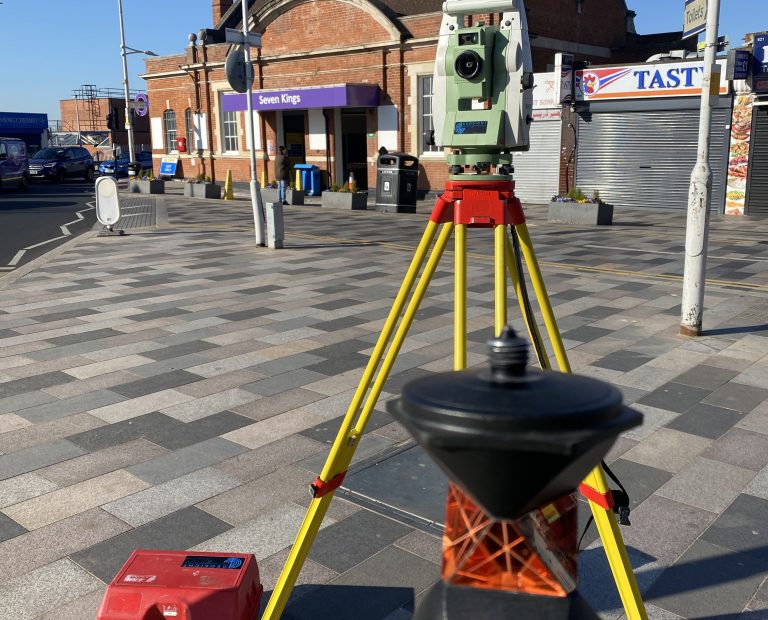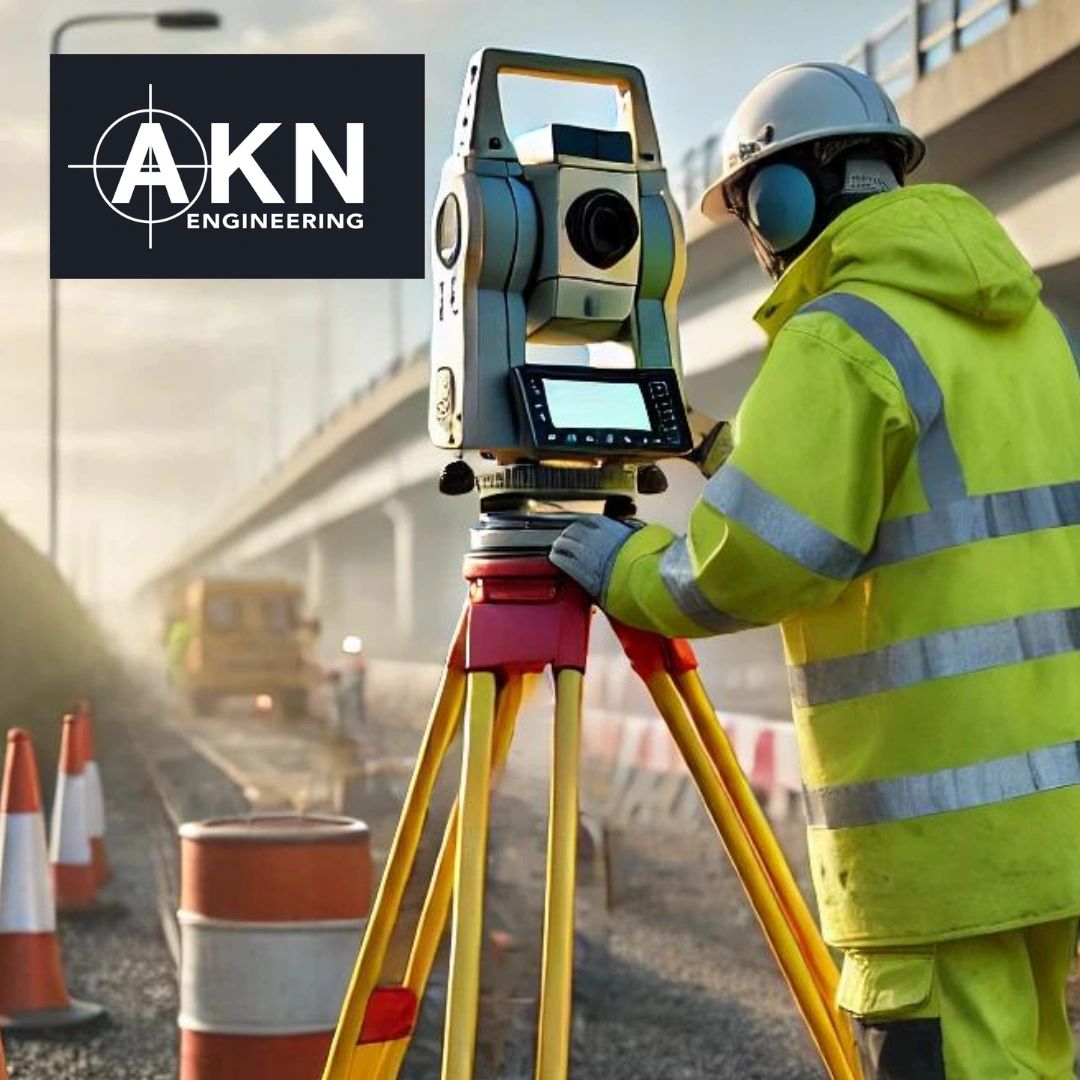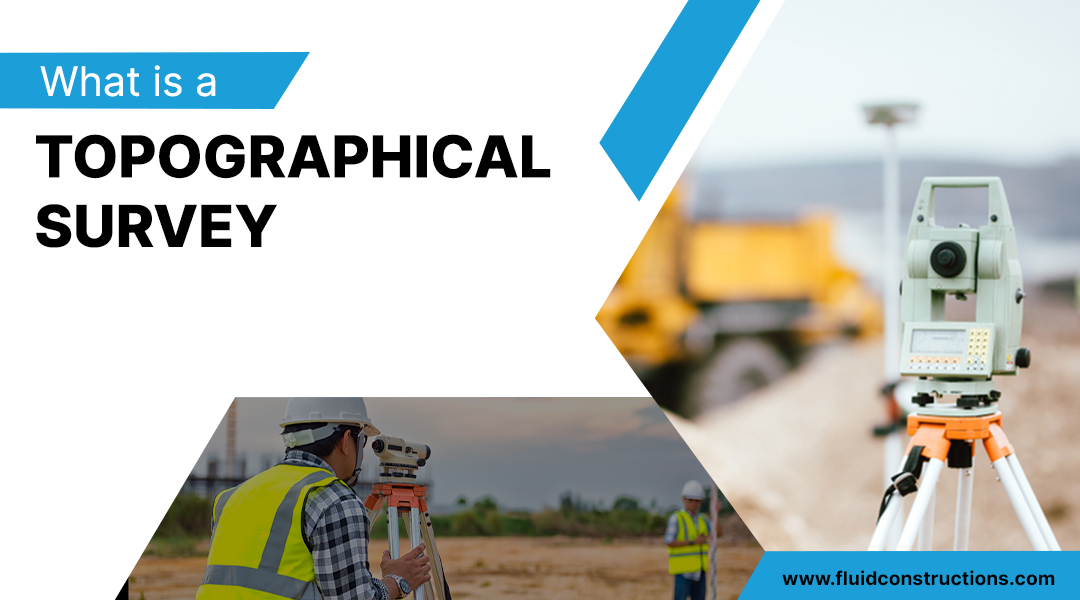Setting Out Engineering: Ensuring Precision in Your Construction Site Layout
Setting Out Engineering: Ensuring Precision in Your Construction Site Layout
Blog Article
Crucial Tools and Techniques in Setting Out Engineering
The discipline of laying out design relies heavily on a suite of essential tools and techniques that underpin the accuracy and efficiency of task execution. Instruments such as surveyor's levels, complete terminals, and advanced GPS modern technology are essential for developing specific referral points. Moreover, the assimilation of conventional techniques with contemporary practices, including geospatial evaluation and 3D modeling, offers substantial benefits in envisioning site problems. Understanding just how these elements engage is essential for enhancing and reducing errors project outcomes, yet the subtleties of their application typically stay ignored. What ramifications does this hold for future design methods?
The Importance of Accurate Dimensions

The value of accurate dimensions expands beyond plain conformity; they are integral to the total performance of design procedures. Mistakes can bring about material waste, project delays, and raised labor costs, inevitably impacting the project's lower line. Exact dimensions enhance the quality of the last product, ensuring that it carries out as meant and meets the assumptions of stakeholders.
Furthermore, the significance of accurate measurements is obvious in different engineering self-controls, including civil, mechanical, and electrical design. Hence, promoting a society that prioritizes precision is essential for the future of design.
Necessary Tools for Laying Out
Establishing out, an important phase in the design and building process, counts heavily on details devices that make sure accurate place and placement of structures. Among these tools, the land surveyor's level attracts attention, offering accurate straight measurements essential for establishing referral points. This tool enables engineers to establish elevation adjustments and maintain uniformity across the task website.
The total amount station is one more indispensable device, incorporating digital distance measurement with angular dimension abilities. This modern technology enhances efficiency and accuracy in recording spatial data, allowing for effective website design and preparation.
In addition, making use of measuring tapes and marking devices, such as chalk lines or risks, is basic for temporarily marking borders and essential points on the site. These basic devices, though simple, are crucial for making certain clear interaction among the construction group pertaining to job specifications.
Finally, general practitioner modern technology has actually gained grip in establishing out procedures, supplying real-time placing information and significantly improving accuracy over traditional approaches. Collectively, these necessary devices develop the backbone of efficient setting out methods, eventually contributing to the successful execution of engineering and construction projects.
Advanced Evaluating Strategies
Advanced evaluating strategies play a crucial function in improving the precision and performance of design tasks. These methods encompass a series of techniques that give precise data for layout and construction. Traditional approaches, such as progressing and triangulation, have evolved into more innovative methods, including Overall Terminal studies and Global Navigating Satellite Systems (GNSS)
Complete Station tools incorporate digital theodolites with distance dimension abilities, allowing surveyors to collect exact location information with terrific speed. This technology dramatically minimizes errors related to hand-operated measurements and gives real-time data handling. Additionally, GNSS provides unrivaled precision for large-scale jobs by utilizing satellite signals to establish exact positioning, which is crucial for guaranteeing and straightening structures compliance with style specifications.
In enhancement to these devices, progressed strategies additionally incorporate geospatial evaluation and 3D modeling. These methods enable engineers to envision terrain and website conditions better, helping with much better decision-making during the planning phase. By utilizing these innovative checking methods, design jobs can accomplish better precision in layout, reduce rework, and ultimately enhance overall job success.
Digital Modern Technology in Design
The assimilation of electronic technology has reinvented engineering methods, improving both productivity and accuracy throughout numerous self-controls. Devices such as Building Details Modeling (BIM) promote the visualization and administration of complicated jobs, permitting designers to work together perfectly and make informed decisions. This technology enables the production of in-depth 3D designs, which can be analyzed for structural honesty and effectiveness prior to building starts.

The application of fabricated knowledge and device knowing in engineering procedures additionally enhances anticipating maintenance and optimization of sources. These technologies enable the evaluation of huge data collections, leading to far better forecasting and boosted job outcomes. In general, digital modern technology is reshaping the design landscape, driving development, and making sure that jobs are completed with greater performance and decreased threat. As the market proceeds to develop, welcoming read these tools will be necessary for future success.
Best Practices for Application
When applying digital technology in engineering, it is vital to establish a strategic method that aligns with job objectives why not look here and business capabilities. A comprehensive analysis of existing operations and technology infrastructure is important to determine voids and possibilities for improvement. Engaging stakeholders early in the process fosters partnership and makes certain that the modern technology meets user requirements.

Project managers ought to embrace a repetitive execution technique, enabling changes based upon real-time responses and efficiency evaluations. This active strategy not just mitigates risks but likewise promotes constant enhancement by integrating lessons discovered.
Final Thought
In verdict, the assimilation of essential tools and advanced techniques in establishing out design is essential for ensuring precision in dimensions and effective project execution. Utilizing instruments such as property surveyor's degrees, complete stations, and GPS technology, alongside modern surveying techniques, improves accuracy and decreases the possibility of errors. Adopting ideal techniques in application even more optimizes these procedures, inevitably cultivating enhanced job results in the engineering and construction fields.
The self-control of setting out design counts greatly on a suite of important devices and strategies that underpin the accuracy and effectiveness official source of project implementation.In addition, the value of precise measurements is noticeable in different engineering techniques, including civil, mechanical, and electric design. By employing these advanced evaluating methods, engineering tasks can achieve better accuracy in design, decrease rework, and ultimately enhance total task success.
Generally, digital technology is improving the engineering landscape, driving advancement, and guaranteeing that jobs are completed with higher effectiveness and minimized risk (setting out engineering).In final thought, the combination of vital devices and progressed methods in setting out design is essential for guaranteeing precision in dimensions and successful task execution
Report this page